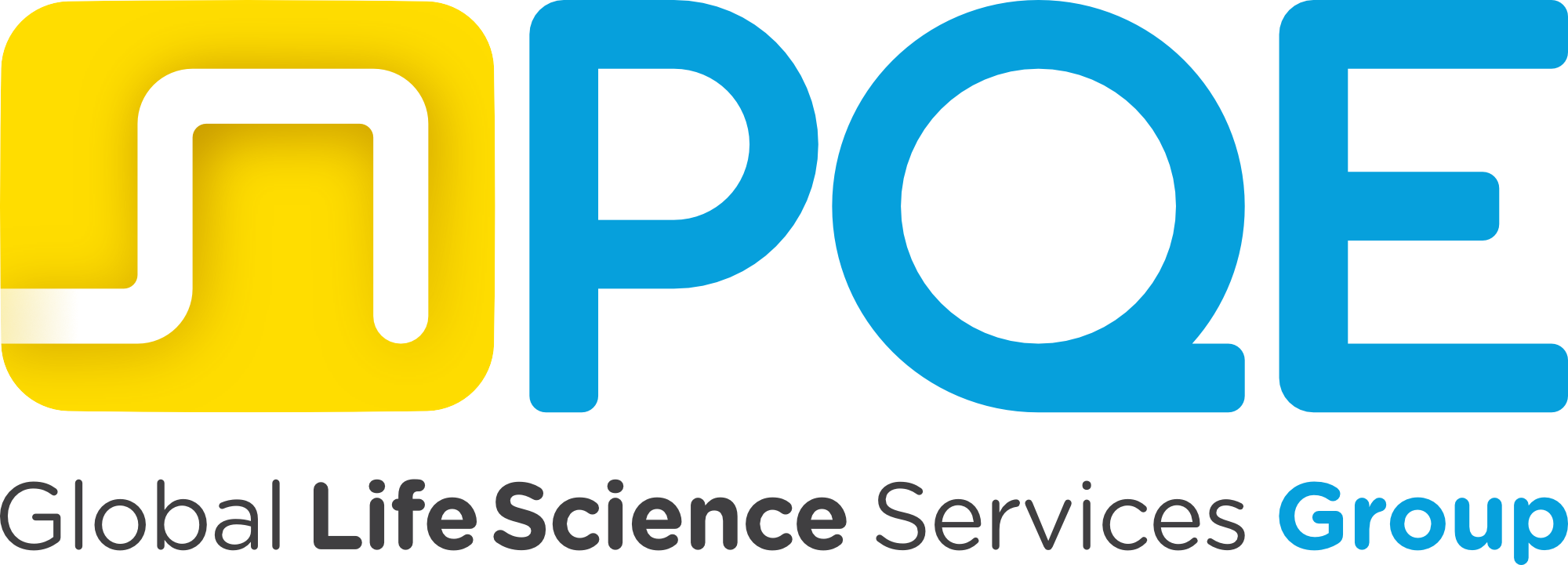Following a long wait, the new revision of the EU GMP Annex 1 was finally released in August 2022. There has been a lot of talking and much discussion about the content and the new requirements included in this fundamental European standard for sterile manufacturing. Many pharmaceutical companies, concerned about granting the best quality standards for their sterile products, are still wondering how to reach full compliance with the new requirements and specifications and what will be required and expected during future EU inspections.
In this article we will focus on a major news item reported in the updated Annex 1, one that perhaps is most challenging to the Quality Management of sterile pharmaceutical manufacturers: the design and issue of the Contamination Control Strategy (CCS). Based on the description and indications reported in the EU standard, this newly required document must include the descriptions and evaluation of many different aspects and systems involved in the sterility assurance of the manufactured products.
Just to give an idea, the acronym “CCS” (Contamination Control Strategy) is mentioned more than 50 times throughout the new Annex 1! This may lead readers to think that the features and structure included in this document are clear and well described, however, this is not the case or, at least, it is not very obvious.
We can go through a careful analysis of what is reported in the new Annex 1 to collect as much information as possible about the expected content and structure of the CCS. We will try (among all the paragraphs mentioning the CCS) to identify those that provide important indications regarding the CCS and the best approach for its design and issue.
Let’s start with paragraph 2.3, the first place the CCS is mentioned. This is how it is described and the keywords that are used:
“Contamination Control Strategy (CCS) should be implemented across the facility in order to define all critical control points and assess the effectiveness of all the controls (design, procedural, technical and organizational) and monitoring measures employed to manage risks to medicinal product quality and safety.”
This statement implies that any measure aimed at preventing and/or monitoring the risk of product contamination should be included, starting from the very beginning of the sterile process (such as the incoming of raw and packaging materials in the warehouse areas) up to the storage of the finished product ready to be shipped. Additionally important is that it’s not only about describing the measures, but also about “assessing the effectiveness.” What does this mean? How can we assess the effectiveness? The answer likely comes from the other most mentioned term throughout the new Annex 1: risk assessment. So, the CCS not only should contain the description of all the control and monitoring measures (“design, procedural, technical and organizational”) spread across the facility and throughout the process flow, but also assess whether they’re effective in ensuring a sterile finished product or not, and it can be done through a risk assessment study holistically evaluating the whole process flow as a unique system, identifying all the contamination risks the process is exposed to at any step, and verifying if the control and monitoring measures in place are actually effective in mitigating all the risks. This is also confirmed by paragraph 3.1(iv), where it is specified that “Risk management is applied in the development and maintenance of the CCS, to identify, assess, reduce/eliminate (where applicable) and control contamination risks.”
Moving forward, paragraph 2.5 contains a detailed list of the main topics that must be included and evaluated in the document. This is a very important indication about what the CCS document should be composed of, but pay attention and only consider this as a basic, preliminary list, because many other important topics are mentioned throughout the new Annex1 and their evaluation is required to be reported in the CCS. Therefore, if you use this list as the index of your CCS, you’ll probably miss something.
Finally, paragraph 2.6 offers us another important indication: an ongoing and periodic review of the CCS document must be foreseen, to gather information for the improvement of the quality system in place. Just as expected for any risk assessment (and management) document, the CCS should undergo periodic review and (near) real-time monitoring to update its assumptions and conclusions, based on historical data, emerging information and the impact of quality changes.
Despite the indications reported in the new EU Annex 1 (and discussed above), the design and issue of the site CCS document still remains a significant challenge for the quality management of sterile manufacturing, requiring many different areas of expertise and information to be gathered together.
I’d like to give you just one last, personal, hint: remember that, very likely, the CCS will be one of the quality documents more often required during future inspections. So design and prepare the document also keeping in mind external readers (inspectors, auditors, clients); make it easy to be understood when explored even by readers that know nothing about your facility and manufacturing activities!





